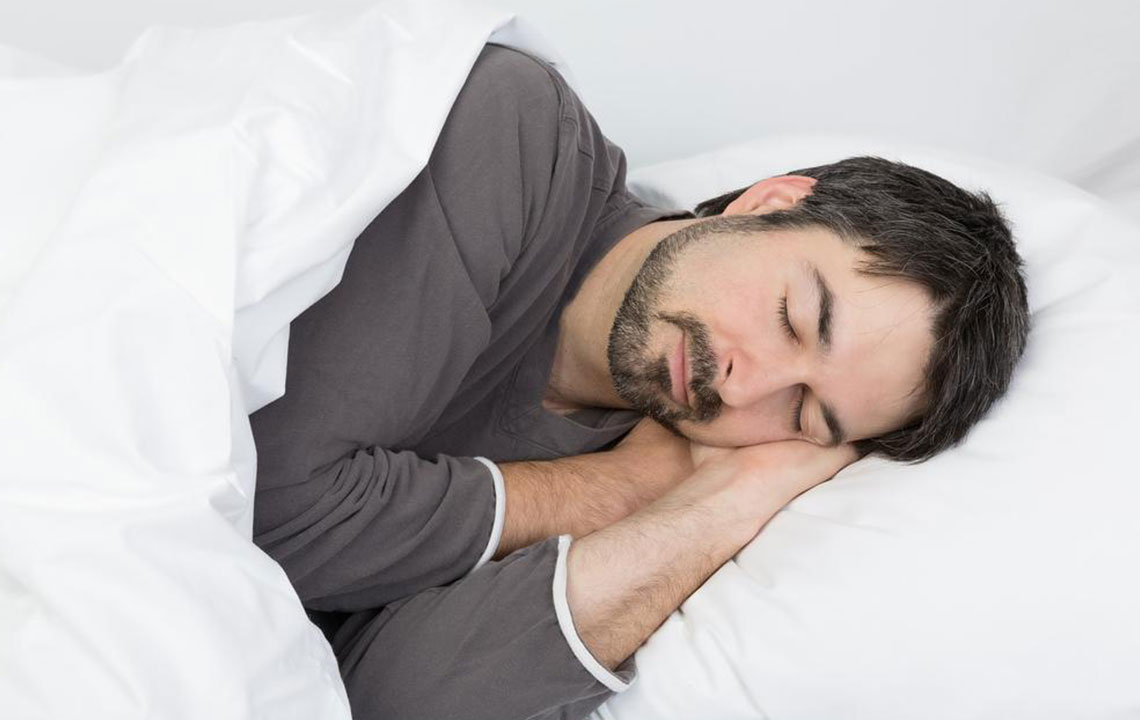Sleep Apnea Treatment For A Good Night’s Rest

Snoring is a very common phenomenon, and you see most people snoring at night. However, the snoring may just not be because of a long day at work. Sleep apnea can cause snoring and leave you feeling tired of the rest of the day.
This will affect your mood and can be dangerous to your health. Sleep apnea treatments can help you sleep better and stay energetic for the entire day. The first step is to recognize the symptoms of sleep apnea. There are treatments that can be used at home or you can consult a doctor for sleep apnea treatment too.
What is sleep apnea?
Sleep apnea is a condition where your breathing is interrupted when you sleep. The short breaths will interrupt your deep sleep and leave you tired and dull. The interruption may not even be noticed by many. Action must be taken to treat it as it may hinder your productivity and leave you feeling exhausted all day.
For treating sleep apnea, the first step is to diagnose the type.
Types of sleep apnea
There are three types of sleep apnea. The Obstructive sleep apnea is the most common. The soft tissue in the back of the throat becomes relaxed when you sleep and blocks the airflow thus making you snore loudly. The other type is central sleep apnea. This is not as common, and it involves the central nervous system. It happens when the brain loses control over the muscle that aids in breathing. This does not cause snoring as much as the first type. A complex sleep apnea condition is where the patient is affected by a combination of both conditions.
Sleep apnea treatment methods
There are many ways in which this condition can be treated. Once you identify it and the extent of the condition, you can either try a few home remedies or go to a doctor. If the home remedies don’t help, it is best to consult a doctor.
Home remedies you should try
There are many ways you can treat sleep apnea yourself. Since it is a mild condition, lifestyle changes can help treat it. Here are a few lifestyle changes you must make.
Weight
Weight can be an issue that can lead to sleep apnea. The extra tissue in the back of the throat can block the airway when they sleep. Weight loss can help open up the throat and improve the quality of sleep.
Smoking & drinking
This is also a habit that can contribute to sleep apnea. It increases the fluid retention and inflammation in the throat, which makes the person snore louder. Alcohol is known to relax the muscles too. It is best to keep away from both if you are experiencing the symptoms of sleep apnea.
Caffeine and heavy meals
Improper food habits can affect sleep as well. Have your meals a two hours before sleeping. Exercising regularly and maintaining a constant sleeping pattern can help with sleep apnea treatment.
Bedtime tips for sleep apnea treatment
There are a few bedtime tips that help with sleep apnea treatment as well.
- Sleep on your side as it decreases the chances of the soft tissue obstructing the airway. Avoid sleeping on your back.
- Keep your head elevated up to 4 or 6 inches when you sleep. Keep the elevation from your waist up by using pillows.
- Use saline sprays or strips to keep your nasal passages clear and open when you sleep. This is sure to help you sleep better.
- Chewing gum before you sleep has shown to help keep the mouth closed when you sleep.
If the above methods are not helping you, consulting a doctor is your best chance for sleep apnea treatment.
Medical treatments for sleep apnea
There are techniques that your doctor will suggest once you are examined. Some of them may be invasive, but they are known to cure the condition. Consider your options carefully and make your decision.
Doctors suggest five types of sleep apnea treatments. It is best to opt for them only if they are suggested to you.
- CPAP stands for continuous positive airflow pressure. It is a mask that regulates the airflow and makes sure that you are breathing continuously through the night. This apparatus will make sure that you are well rested without any interruption.
- There are other breathing devices on the market as well. They follow a similar style and ensure that you sleep without any disturbance. A few to mention are EPAP, BPAP, and ASV. each of the apparatus caters to a different level of severity.
- There are dental devices that fit in your mount. These can be adjusted at the chin and go around your head. The devices keep your tongue forward. The throat opens so that there is a steady inflow of air.
- Implants are one of the latest methods used to treat severe sleep apnea. It involves a pacemaker that keeps your breathing in check.
- The last resort for sleep apnea is surgery. If the other methods remain ineffective, the size of the airway is increased by surgery. However, due to the additional risks and side effects, it is the last resort.


